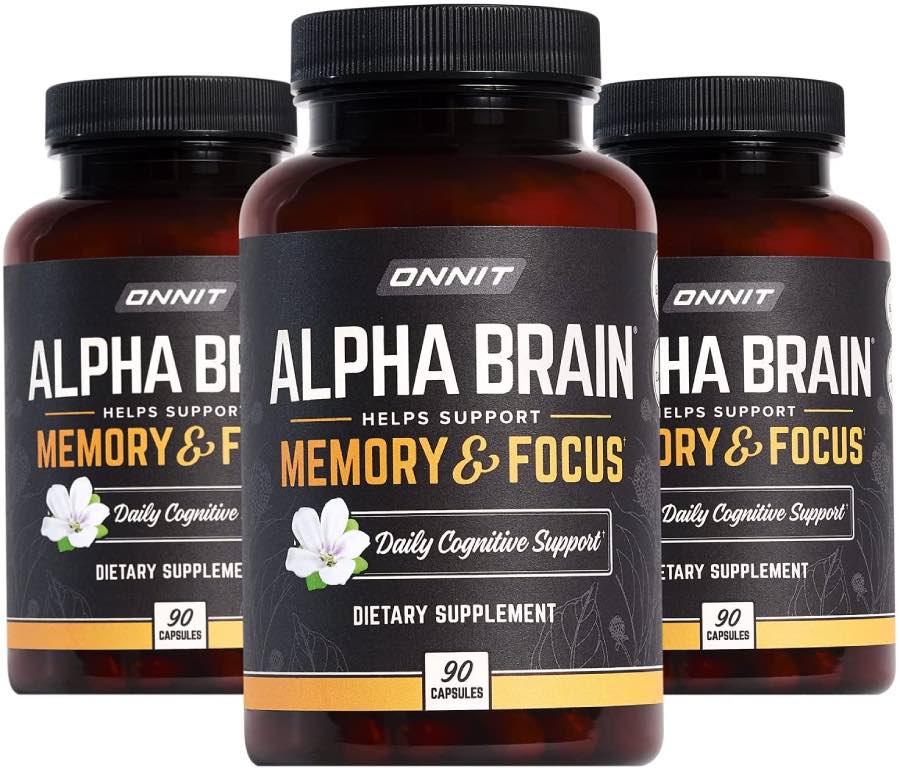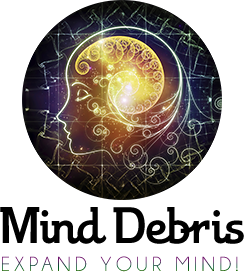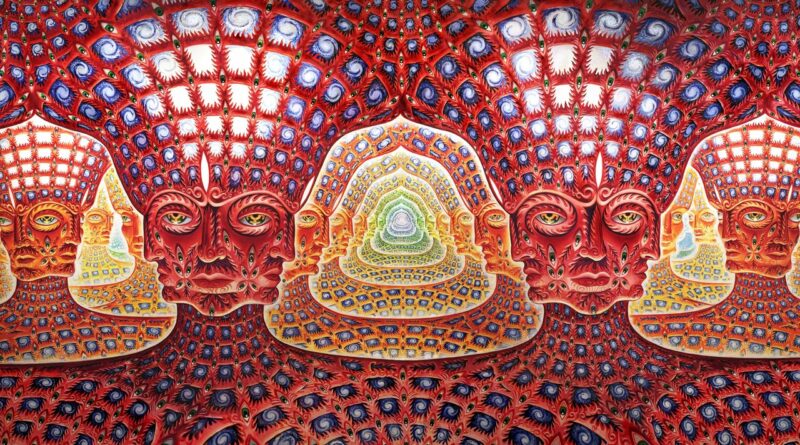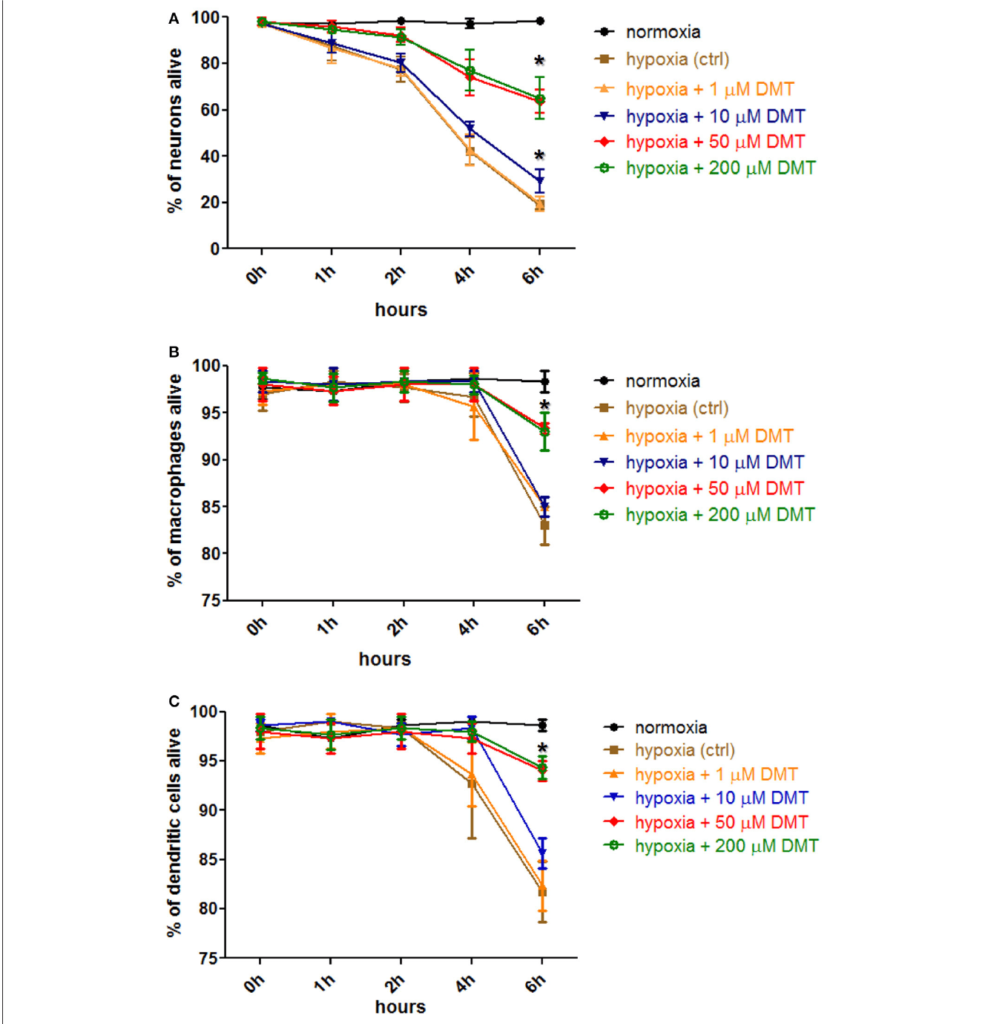DMT Protects Brain and Immune Cells
[Please note that this page contains affiliate links. If you choose to purchase after clicking a link, I may receive a commission at no extra cost to you.]
The psychiatrist Stephen Szára in 1956, discovered endogenous DMT (endogenous means that the body manufactures the chemical on its own).
Since then, chemists and other scientists have been fascinated by the “spirit molecule” and have been trying to figure out why and how it creates its psychedelic effects, as Rick Strassman has explored he has studied the spacelike trips of over 400 people between 1990 and 1995.
DMT Protects Brain and Immune Cells
Strassman’s subject’s experiences ranged from the DMT having a solely physiological basis that it is made in your body and is it’s a way of attempting to control brain/peripheral immunological processes and neural signalling (Shen et al., 2010; Frecska et al., 2013; Szabo et al. 2014) to a more mystical transcendent experience: that DMT is permitting communication with God.
DMT is the active ingredient in Ibogaine or Noribogaine, extracted from the Iboga tree in parts of Africa.
A new study to look at the spiritual connection with the divine well under the influence of DMT:
The set-up:
- Scientists removed three kinds of human cells – monocyte-derived macrophages and dendritic cells (both vital for the immune system), neurons taken from pluripotent stem cells (a type of cell that can mature into any other kind of cell), looking to overcome and destroy unwelcome particles, such as cancer and harmful bacteria).
- The researchers then depleted the cells’ oxygen supply (hypoxia). It usually takes a couple of hours of severe hypoxia to consistently kill most neurons and immune cells.
- They then would look at if the spirit molecule could defend the cells from dying.
- Scientists discovered that DMT-treated cell cultures had a much greater chance of survival!
- Furthermore, the DMT required to guard the cells was reasonably low: 50 μM for the dendrites and macrophages and 10-50 μM for neurons – see figure below.
DMT’s Neuroprotective Properties
Hypoxia generally produces intense modifications to vulnerable cells. Therefore, the best indication of no oxygen—the hypoxic condition—is the production of hypoxia-inducible factor (HIF)-1 (see picture below).
Still, it goes away when there are low amounts of oxygen.
When DMT is present, there is considerably less HIF-1 in cells and some other oxygen-sensitive proteins. Thus, it could be used to reduce cellular stress in hypoxic situations.
Next, Szára looked at if the spirit molecule is protected these cells?
The researchers looked at how critical the success of the sigma-1 receptors (Sig-1R) is in providing protective effects of DMT.
Located inside the brain and immune cells (as well as other cells from other organs, such as the kidney, liver, or gut), these receptors have vital purposes in creating energy molecules and managing stress signalling.
From a molecular standpoint, stress doesn’t match the hurdles of life, but all of the unfortunate things that impend a cell’s well-being, like fluctuations in oxygen level (which was used in this study), toxins, mechanical damage, and temperature.
DMT Receptors
DMT has been proven to bind to Sigma-1 receptors (Fontanilla et al., 2009), then further, the spirit molecule is found in the central nervous system (CNS) under stress (Barker et al., 1981; Fontanilla et al., 2009).
Believing that the effects of the spirit molecule center on the act of the receptors, the researchers switched off the genes accountable for SIG-1R growth.
But, again, the results were extreme and straightaway apparent: turning the sigma-1 receptors led to the total obliteration of the DMT-related properties on the cell’s survival and HIF-1 markers.
Thus, scientists determine that sig-1R is crucial in allowing the anti-stress, protective effects of the spirit molecule.
Figuring out these effects are facilitated through the Sig-1 receptors has helped scientists get one step closer to discovering the mechanisms behind DMT’s neuroprotective properties.
As a result, researchers can look more positively at the future where the agents of DMT are better understood.



